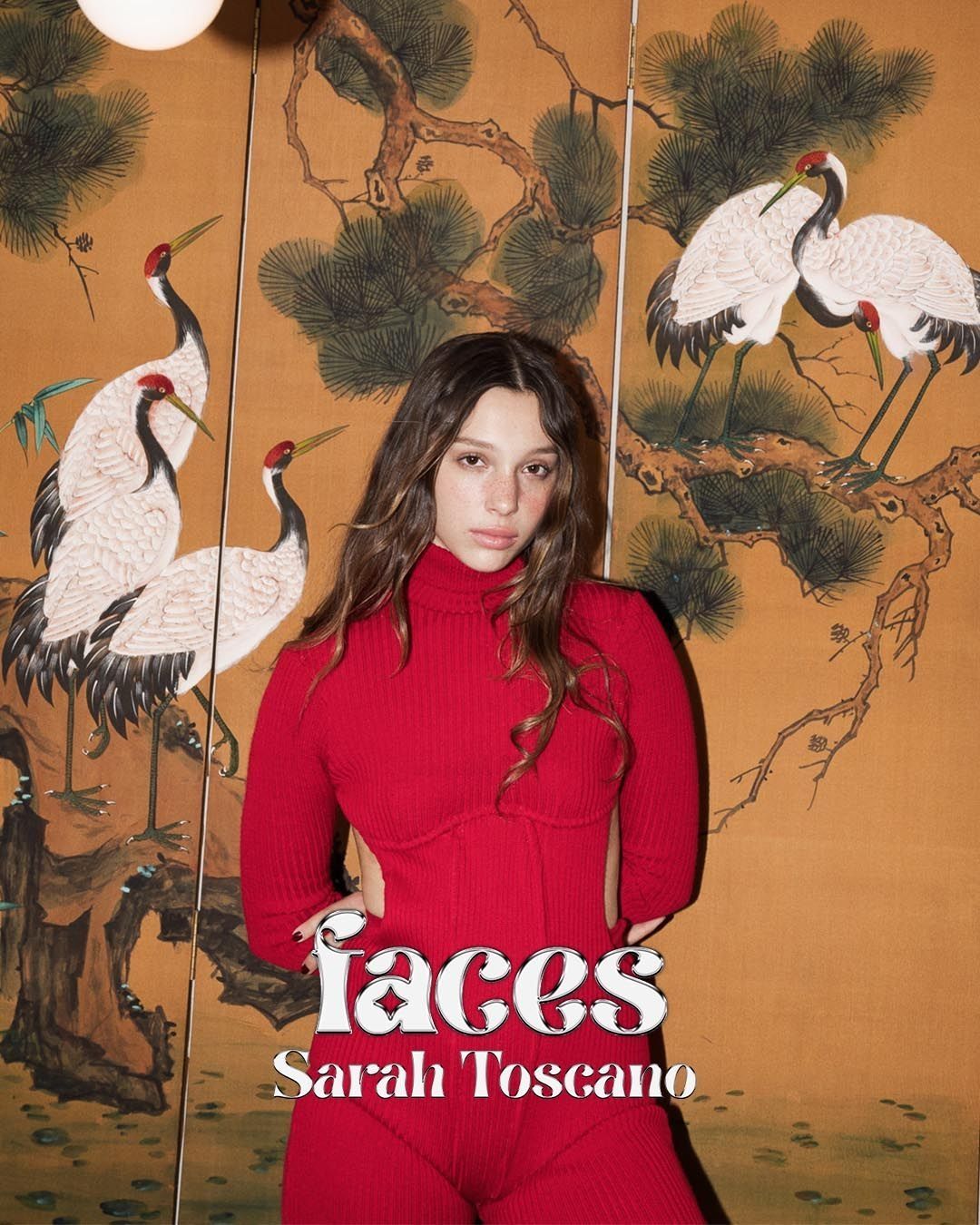Behind the knitting - today a trend loved by celebrities like Sarah Jessica Parker and Ella Emhof and by many fashion brands - hides a world of exciting adventures and mysteries, of intrigues and secret codes, of harmless-looking heroines who, thanks to this hobby, have contributed to the fate of epochal conflicts. Think about it. There is nothing more unsuspected than a woman knitting. Therefore, over the centuries there are many spies who chose this practice as a cover. From the French Revolution to World War II, spies have used knit and purl to disguise other activities or to hide actual secret messages in the scheme. Their names and daring exploits remained in the shadows for a long time, but now more and more magazines such as the German newspaper Süddeutsche Zeitung, blogs as Atlas Obscura or book as Sul filo di lana by Loretta Napoleoni are bringing to light the stories of Louise de Bettignies, Madame Levengle, Phyllis Latour Doyle, and other spy knitters.
Knit & purl
Tricoteuse Bretonne by William-Adolphe Bouguereau, 1971
Image from Pinterest
Les Tricoteuses jacobines di Jean-Baptiste Lesueur, 1793
Image from Wikipedia
Costume Plate (Tricoteuse 1793), 19th century
Image from Pinterest
Etching from Harper’s Weekly, August 1881, from a painting by Carl Piloty, "The Girondists"
Image from Pinterest
World War I American Red Cross poster urging sock-knitting. ca. 1917
Image from Pinterest
Promoting Civilian Knitting for War Production, New York City WPA War Service, 1942
Image from Pinterest
World War I Red Cross poster encouraging knitting, ca. 1917
Image from Pinterest
World War II Knitting Posters
Image from Pinterest
A poster to promote knitting from the Comforts Committee of the Navy League of the United States
Image from Pinterest
Liz Taylor knitting
Image from Pinterest
Ingrid Bergman knitting
Image from Pinterest
Marilyn Monroe knitting
Image from Pinterest
Veronica Lake knitting
Image from Pinterest
The Royal mother and daughters knit for charity during the Second World War, 1940
Image from Pinterest
The Royal daughters knit for charity during the Second World War, 1940
Image from Pinterest
Franklin D. Roosevelt and Eleanor Roosevelt in Hyde Park, New York, 1906
Image from Pinterest
Life cover on knitting, November 24, 1941
Image from Pinterest
Women knitting for the war effort in Berlin, World War One
Image from Pinterest
Girls knitting socks, B. F. Day Elementary School, Seattle, 1918
Image from Pinterest
Women gathered to knit socks, scarves, and headwear in Madison Square in New York, 1919
Image from Pinterest
Women in Berlin knitting for soldiers, 1914
Image from Pinterest
Boys knitting socks, B. F. Day Elementary School, Seattle, 1918
Image from Pinterest
Firemen with the Cincinnati Fire Department being taught to knit by members of the American Red Cross, 1918
Image from Pinterest
Knitters at the Navy League Central Park knitting bee, 1918
Image from Pinterest
Attendees of the Central Park knitting bee, including British soldiers and a Civil War veteran, 1918
Image from Pinterest
Bed-ridden soldiers knit during World War One
Image from Pinterest
Wounded soldiers knit in a hospital, 1918
@vintageknittingpatterns
Two fishermen work on knitting their winter jerseys in, Ramsgate, England, early to mid 20th century
@vintageknittingpatterns
Interned German, Fort Douglas, knitting scarf, 1915
@vintageknittingpatterns
Two soldiers knitting in wartime, 1939
@vintageknittingpatterns
Women's March on Washington, 2017
Image from Pinterest
Yarn bombing
@steelcitysnapper
Yarn bombing
@sharonpayne22
Yarn bombing
Image from Pinterest
Revolutionary knitting circle
Image from Pinterest
Revolutionary knitting circle poster
Image from Pinterest
With the end of the great wars, knitting assumed new meanings. In the 1960s, for hippies knitting and making their own clothes was a stand against capitalism and standardization. More recently, in the 2000s, the Revolutionary Knitting Circle movement called for people to use knitting needles as a way to rebel against globalization, while in the same period, the colorful street art and spontaneous movement against any discrimination known as Yarn bombing or Guerilla knitting was born in Texas. And what about the Pussyhat activists? The movement protesting Donald Trump's inauguration in the White House, with their pink beanies featuring cat ears, which are a symbol of women empowerment and were made by Knitty City, a knitting and crochet shop in New York's Upper West Side, colored the 2017 Women's March.































































































